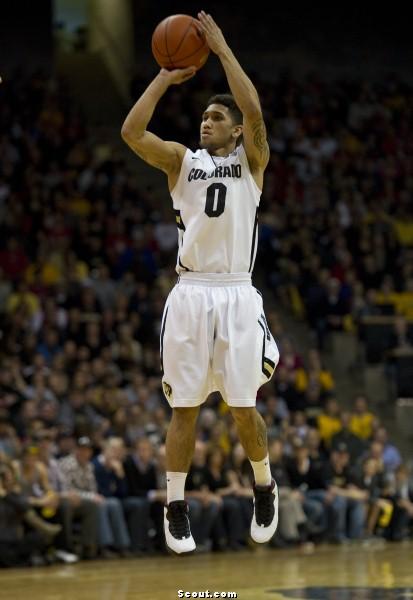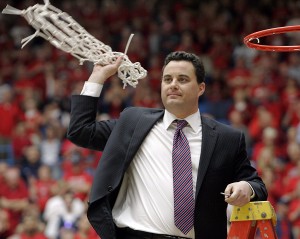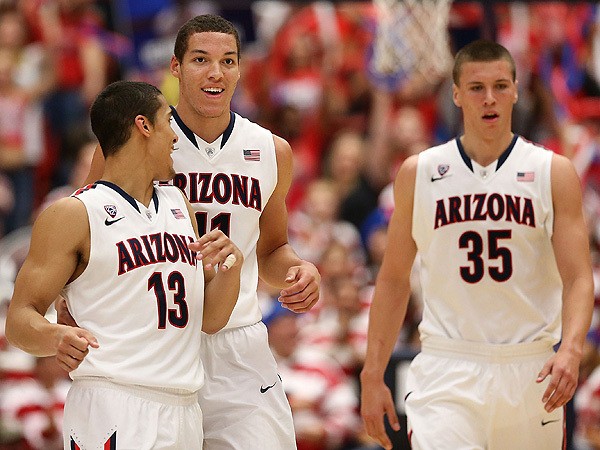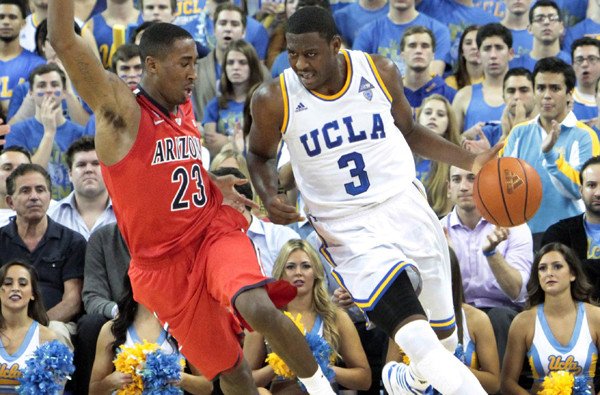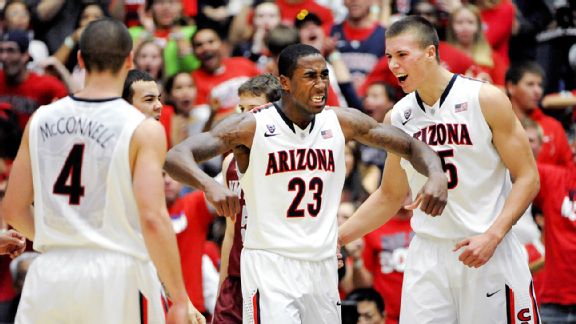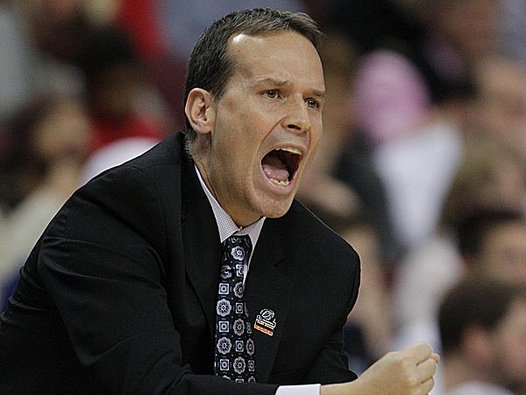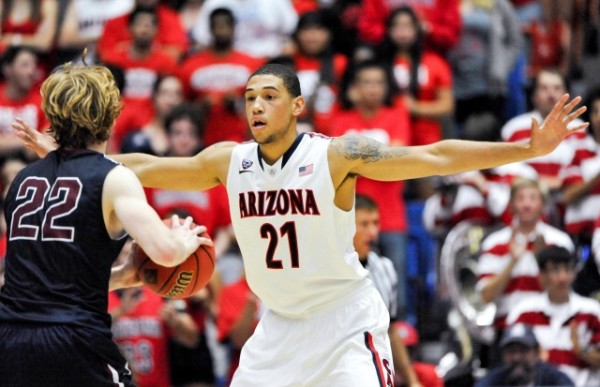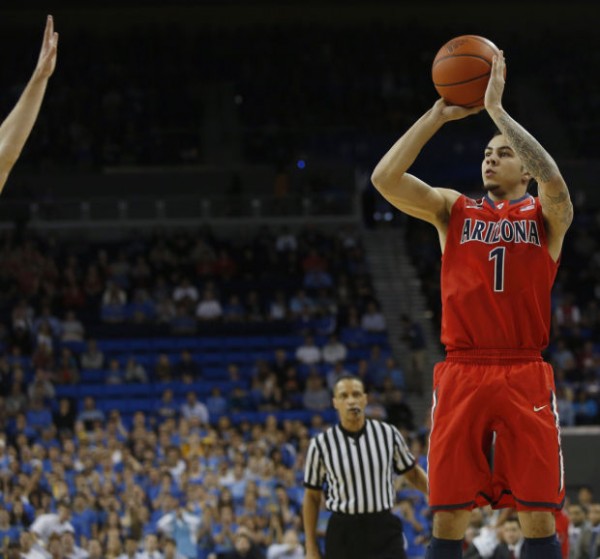A Player’s Program in Name Only: Sean Miller Runs This Show
Posted by Tracy McDannald on November 14th, 2014Whatever you think you know about Pac-12 runaway favorite Arizona in advance of tonight’s season opener, head coach Sean Miller can always provide the media with another line of thinking. He is no different with his own players, but what they know is that Miller will not sugarcoat the truth to spare their feelings. That brings us to the Wildcats’ exhibition contest against Cal Poly Pomona last Sunday. Typically there’s little to take away from anything on the court in such a mismatch. Preseason observations can be flawed, misleading and not meaningful. But there sat JuCo transfer Kadeem Allen, who never got off the Arizona bench for the entire 40 minutes of action. Afterward, Miller said the combo guard has welcomed the idea of a voluntary redshirt. The only surprise of any sort was that Miller revealed that much publicly. He is the same coach who last season went back and forth over what Elliott Pitts’ role as a freshman would be. Brandon Ashley’s season-ending injury changed everything, of course, but digging a bit deeper, it’s tough to recall a time when Miller ever wasted words on nonsense. Everything he says, and especially the things he doesn’t say with a sly read-between-the-lines smirk on his face, has a purpose.
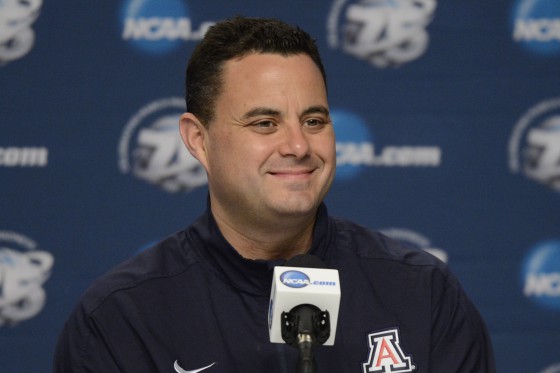
Arizona head coach Sean Miller can smile when he has the option of stashing away talent to make managing minutes a bit easier. (Getty)
That brings us to the top prize in Arizona’s 2014 recruiting class, freshman Stanley Johnson. The forward, a unanimous preseason choice for Pac-12 freshman of the year on this site and the same pick for just about anyone else with a clue, came off the bench to produce 12 points in 24 minutes in that game. It was junior Gabe York who earned the start, and those around the program got the feeling that strategy will trickle into the start of the regular season before Johnson inevitably takes over. Miller hinted at as much with that playful smile in his postgame media session, adding, “It doesn’t matter if he’s happy; it really only matters if I’m happy.” Miller also said the starting five on opening night isn’t in cement for the entire season. That’s his way of making sure the players aren’t too comfortable with their status when it comes to competing in practice.





























